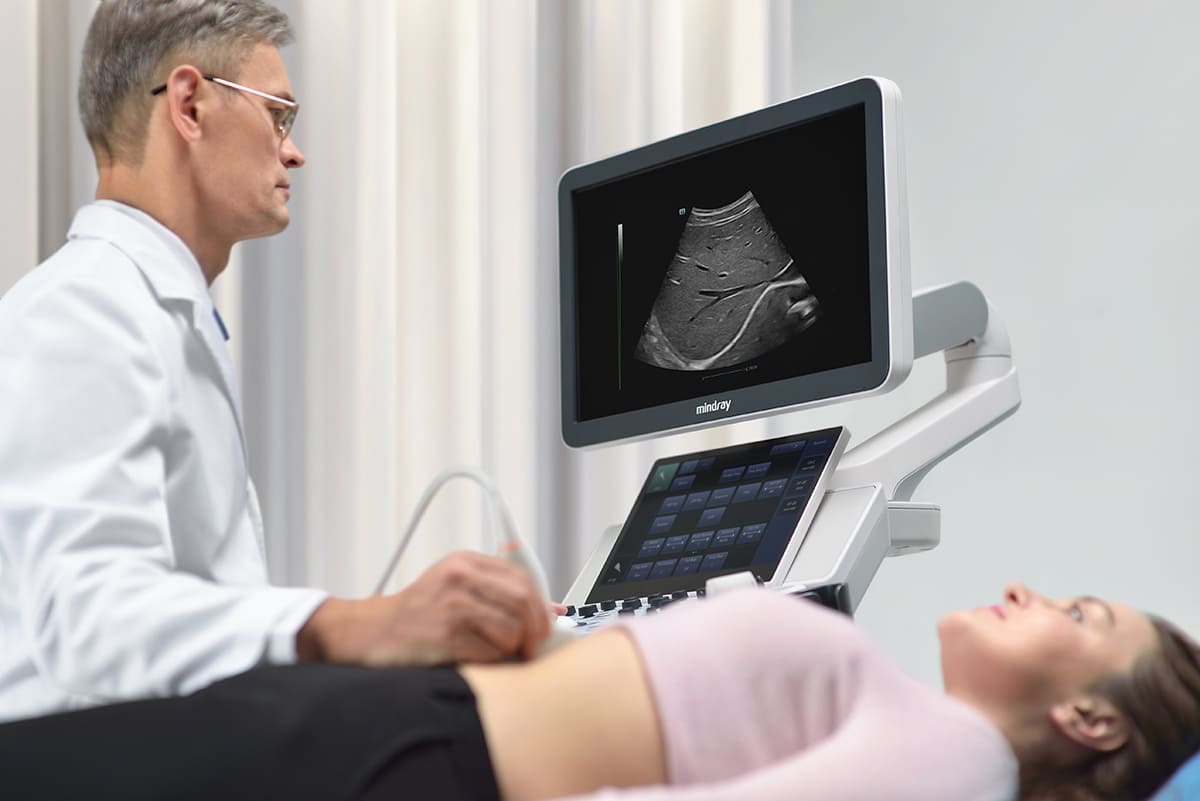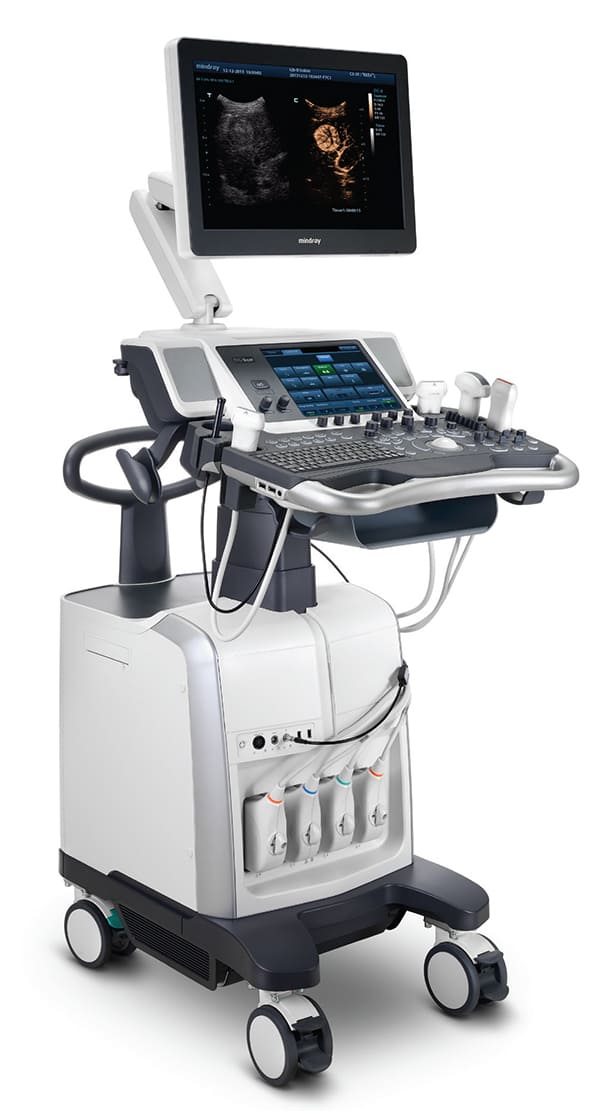Dr. Deepti Jammi,
MBBS., M.S.(OG) Postdoctoral fellowship in Fetal medicine, Chennai Women’s Clinic & Scan Centre, Chennai
Ultrasound manufacturers are moving beyond basic 2D and 3D imaging. They are concocting better approaches to recreate new displays to make things simpler to see, interpret and comprehend TEN YEARS.

HOW AI AND 4D IMAGING WILL CHANGE THE FUTURE OF ULTRASOUND
Ultrasound will turn out to be considerably more automated, portable, complete, and spontaneous for clients making it a crucial regular device for patient diagnosis and care, explains Dr. Deepthi Jammi
POCKET-SIZED ULTRASOUNDS ARE CHANGING THE IMAGING LANDSCAPE
There has been a considerable change in the use of ultrasound. What was once viewed as a high-tech device used by educated medical professionals is now accessible to the masses and in a smaller than standard structure. Now a smaller handheld version is available in places that could never previously afford it. While smaller ultrasound machines won't replace the larger powerful linear probes found in hospital settings, handheld ultrasounds will make medical imaging more effective in daily practice. The larger-sized developed machines will consistently have a home in the trauma center and facilities since they are capable of more functions. The smaller ones will make ultrasound imaging more affordable and easier to use.
IMPROVING WORKFLOWS WITH NEXT-GEN ULTRASOUND
The medical field is in a time of progression and change. Medical technology has evolved in such a way that it reduces time and is more profitable

without giving up on quality. This is a major topic discussed among all healthcare providers. With ultrasound systems and their connected reporting systems, this means improving and streamlining the workflow process. Next-Gen ultrasound machines have features like a lesser dropdown menu, lesser keystrokes, quicker processing time, and computerization of measurements. Those might seem like trivial changes that don't amount to much but they add up over time. At the point when less time is spent clicking buttons and looking through dropdowns, additional time is spent on the patient. They get a better level of care while the technician can do their job more effectively. The future isn't adding more features, it’s getting rid of superfluous buttons and increasing speed.
THE ROLE OF AI IN ULTRASOUND
AI is perhaps the biggest factor in the next stage of evolution across industries. For example, the biggest issue in echocardiography has consistently been difficulty in replicating a picture. This is dependent on the experience of the sonographer and the advancement of the machine. Then a solution was found with the help of artificial intelligence software that automatically takes the image volume data from 3D echo and remakes the optimal version of diagnostic views. It uses 3D data to automatically compute measurements to help clinicians quickly assess disease states and determine treatment options. Compared to 2D images this can gather and calculate dimensions three to six times faster than manual or semi-automated methods.
NEW ULTRASOUND VISUALIZATION METHODS
Ultrasound manufacturers are moving beyond basic 2D and 3D imaging. They are concocting better approaches to recreate new displays to make things simpler to see, interpret and comprehend. Newer imaging ways are developed to address fetal heart and brain imaging specifically. Detailed fetal cardiovascular assessments are difficult to perform as a result of the small size and quick heartbeat rates. At 18 weeks, the fetal heart is the size of an olive and beats around 150 times a minute. The structure is complex, and the baby is in constant motion, making it hard to hit a moving target. This advancement assists specialists detect congenital heart deserts in babies sooner than before.
ADVANCES IN POINT-OF-CARE
Ultrasound innovation continues to carve out space in the point-of-care market. These systems are used to take a quick look to rule out any potential cardiac and vascular issues with patients. This is the first mobile app-based ultrasound system. The app turns any Android-based smartphone or tablet into a portable ultrasound imaging device. All you have to do is plug a transducer probe in the device's USB port. The transducer performs all the securing functions and a portion of the picture reproduction while the advanced gadget fills in as the screen to see the pictures.
ON THE ANVIL
Industry insiders predict continued advancements in ultrasound technology oriented toward cost-effective solutions that don't compromise high-quality imaging. Ultrasound will turn out to be considerably more automated, portable, complete, and spontaneous for clients making it a crucial regular device for patient diagnosis and care. One of the unique characteristics of the ultrasound separating it from other imaging modalities is how it allows a clinician to remain present with his or her patient at the bedside, preserving the crucial human connection which is so vital to effective diagnosis and care


